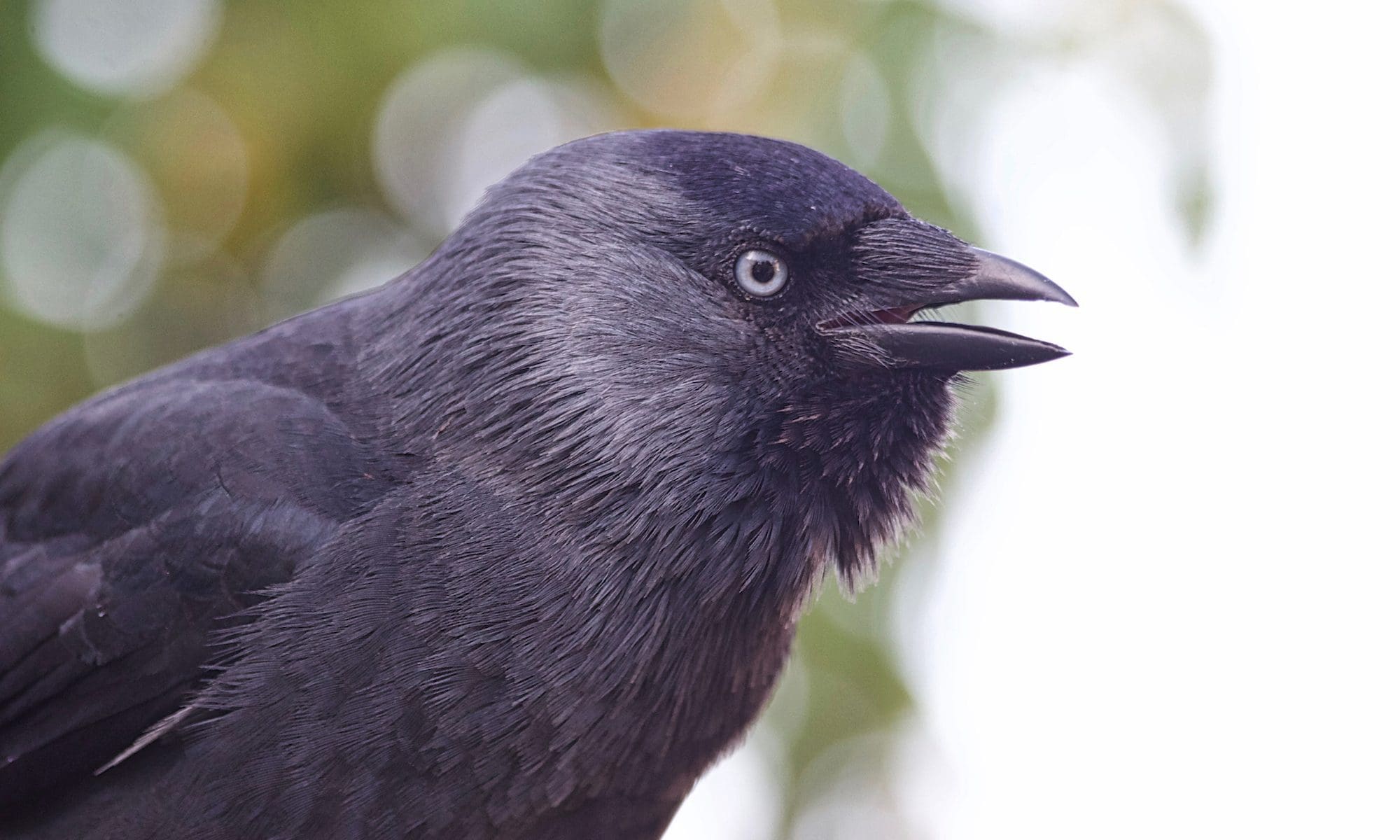Introduction
Are corvids cold blooded killers or merely opportunistic scavengers? This is the question we are trying to answer in this blog post. Mainstream media and advertising businesses often have a tendency to present an idyllic and idealised version of farming practices, showcasing for example animals living in picturesque environments. This imagery is employed to evoke positive emotions and create a connection with consumers. It is nothing else than a marketing strategy aimed at promoting the products derived from the use of non-human animals, such as meat or wool, by associating them with positive and wholesome images. Humans have a natural inclination to connect with and appreciate the beauty of animals. The sight of a playful and adorable lamb triggers positive emotions, such as joy and warmth, which does evoke empathy and a sense of compassion.

Bearing this in mind, then it is not surprising that the sight of corvids scavenging on such an innocent being will without a doubt be repulsive for most people, who will immediately sympathise with the victim, and not with the scavenger. Unfortunately, media representations of such wildlife interactions with domesticated non-human animals are commonly very much one-sided, despite the well known fact that it is always essential to consider all nuances and complexities of such interactions.

Media portrayals often focus on dramatic or attention-grabbing stories, which can lead to an exaggerated or sensationalised narrative. While isolated instances of corvid predation on lambs occur, it is essential to keep in mind that wildlife predation is just one among many factors influencing lamb mortality. It is crucial to take scientific research in account, as we will do, when discussing these matters.
We will show the links between mainstream media, their owners and agricultural businesses, and we will demonstrate historical, cultural and psychological background information to explain why a picture of corvids as being coldblooded killers is being painted. We will look into the human psyche, but also at the reality of agricultural businesses.
Continue reading “Corvids – Killers or Scavengers?”
